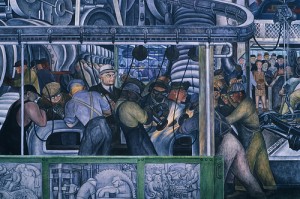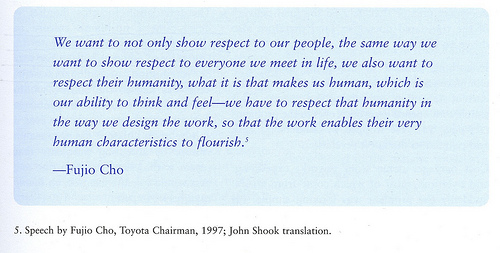 Yves Morieux’s and Peter Tollman’s Six Simple Rules: How to Manage Complexity without Getting Complicated is one of the most interesting books on designing and leading organizations published this year. Morieux has been refining the concept for the past few years, as the rules made their first appearance in his Harward Business Review article in 2011, and featured prominently in his TED talk in October 2013.
Yves Morieux’s and Peter Tollman’s Six Simple Rules: How to Manage Complexity without Getting Complicated is one of the most interesting books on designing and leading organizations published this year. Morieux has been refining the concept for the past few years, as the rules made their first appearance in his Harward Business Review article in 2011, and featured prominently in his TED talk in October 2013.
Morieux’s basic argument is that complexity is best managed by creating practices that promote autonomy and cooperation, and he advocates six rules, adherence to which results in fostering the correct behaviors for improved performance throughout the company.
In this post, I will examine Morieux’s six rules and compare them to Lean, because, even though Morieux does not mention Lean at all, and sometimes writes about processes in a negative manner, it seems obvious to me that there would be many similarities in companies guided by either set of principles. As a matter of fact, at least the Lego Group has utilized both Morieux’s guidance and Lean in practice.
I will also compare Morieux’s rules to social business, as that comparison will highlight some interesting potential development in the way work is organized.
Continue reading “Morieux’s six simple rules to managing complexity, Lean, and social business”
 In his book, The Lean Startup, Eric Ries argues for ways to expand Lean thinking into the realm of startups, into the realm of huge uncertainty.
In his book, The Lean Startup, Eric Ries argues for ways to expand Lean thinking into the realm of startups, into the realm of huge uncertainty.










